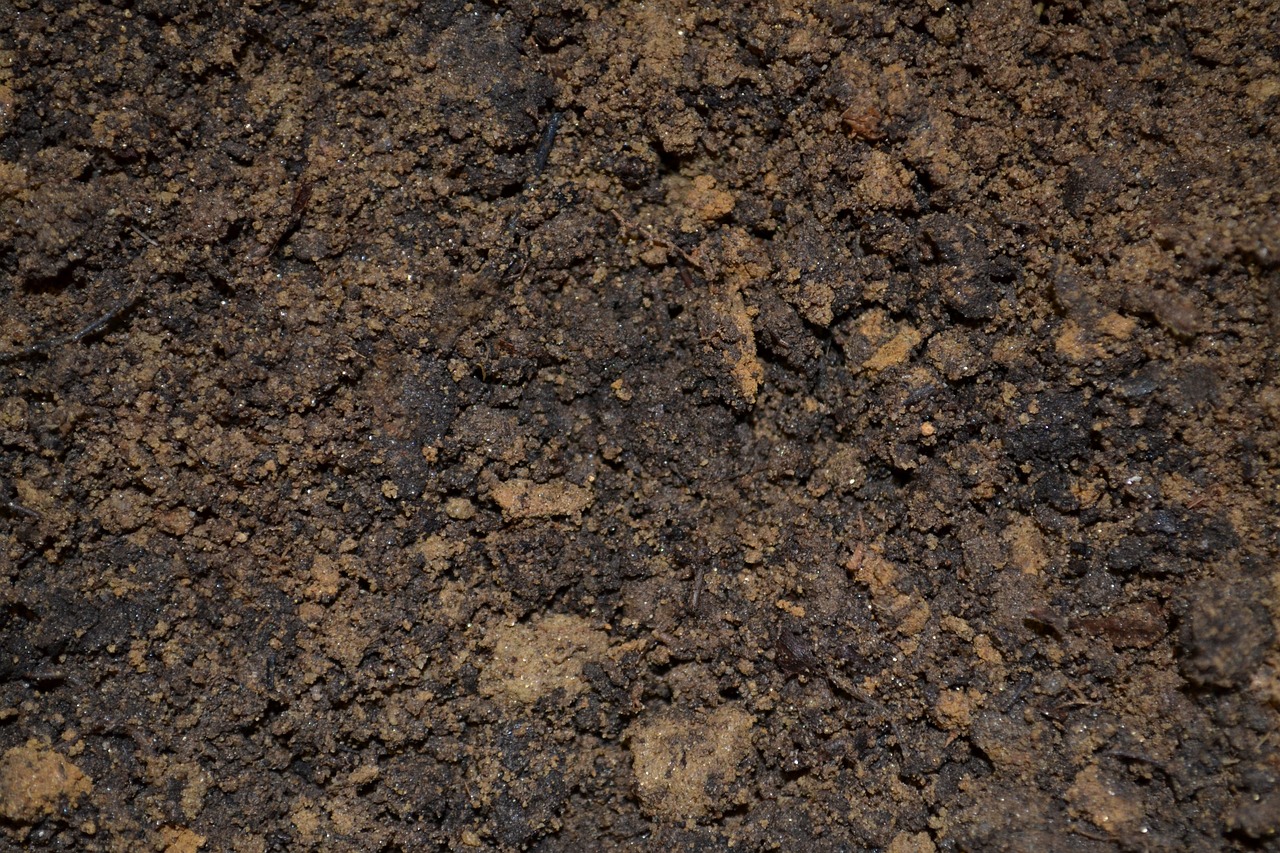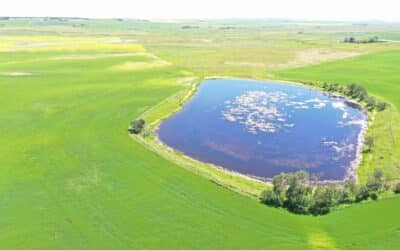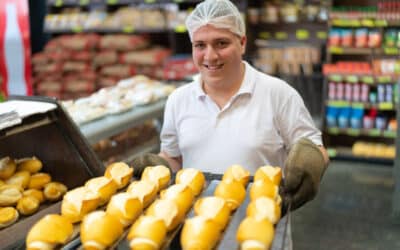By changing the species that are grown with the seed crop in conjunction with the local soil microbiome, we can develop seed that is locally adapted.
The intelligence of nature is inspiring. Over the centuries, different organisms have had relationships with other organisms so they can work together, sharing resources and areas of specialization so both species are able to thrive.
There have been synergies between plants, microbes and the soil since the start of plants on land. There is a beautiful relationship of plants photosynthesising, capturing sunlight, converting carbon dioxide and water to create glucose, then converting that to other molecules within the plant to facilitate growth.
At the No Till on the Plains Conference in Kansas in January, this process was explained to us. To obtain nutrients from the soil, the plant will release some of the carbon sequestered through photosynthesis into the soil as a root exudate to attract soil microbes. Through rhizophagy, or root feeding, the root hairs will then absorb the microbes, strip the cell walls off the microbes, and expose the cytoplasm of the cell.
The plant will then use what it requires from the microbe cytoplasm, replicate the microbe’s nucleus, and then shoot it back out of the root into the soil. To assist cell wall growth, the plant will stimulate the microbe to rebuild its cell wall. The microbe will be attracted to the root exudates from the plant feeding them to function in the soil, only to be taken up by the root hair again.
Microbes that the cell wall is unable to break down are stored in the plant root tissue, released when the plant root dies. Some microbes function within the plant cells, carrying on functions on behalf of the plant.
Nutrient uptake is much more complicated than we initially thought, when we believed that plants just passively took up nutrients from the soil moisture solution.
The Seed Connection
What does this mean for seed? Dr. Christine Jones states that the seed is preloaded with the microbiome for each plant at each location. It is developed through how it was managed, the soil it was grown in, climate, and the soil microbiome in which it was grown, to name a few influences. Through nature’s intelligence, the plant will share its microbiome to turn on genes to help itself to thrive, as well as other plants that are growing in the area. The updated root microbiome will then work its way up the plant, up the stem, over the leaves and into the seed. The plants that grow from this plant will have the updated microbiome that will allow that next plant to be better suited to the environment.
Often in the seed production process, we compromise this. Practices such as synthetic fertilizers, fungicides, monocultures, and soils with low levels of microbial diversity and activity limit the rhizosheath formation. Including a cover crop in the lower canopy creates an opportunity to build on the microbiome of the seed produced. This means the seedlings that develop from this next generation will have a more robust microbiome, creating a more resilient plant.
By changing the species that are grown with the seed crop in conjunction with the local soil microbiome, we can develop seed that is locally adapted. Growing monoculture stands locally will develop locally adapted plants over time, but having a companion crop growing with it increases the diversity of the microbiome quicker — assuming good rhizosheaths are produced by each of the species.
The legacy effect will also kick in, assuming a good diverse rotation is being utilized. This increases the diversity of the microbes in the soil that can colonize the roots as they move through the soil.
Managing our crops using techniques that do not allow for a healthy soil-microbe-plant interaction and growth of a diverse microbial population will keep producers hooked on synthetic inputs.
We need to change our cropping systems, so our crops get off to a better start — and that means using cover crops to support the biological resource that is soil.






